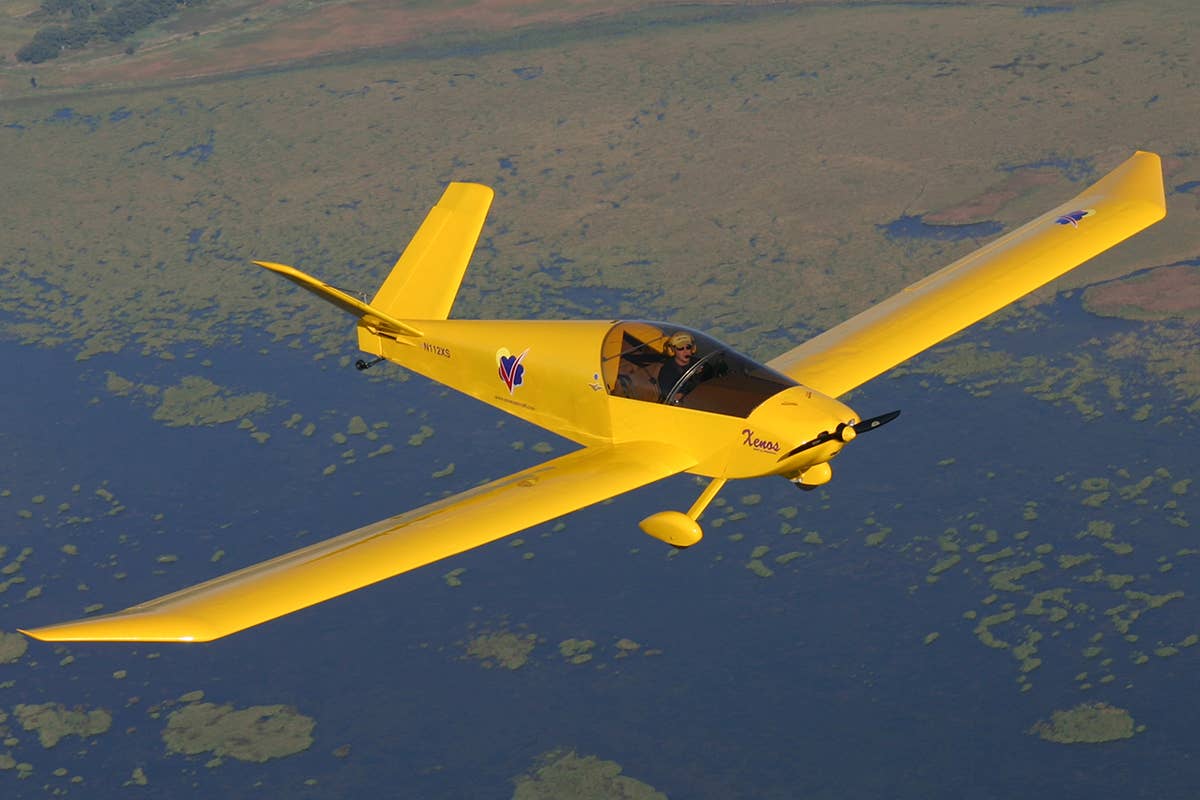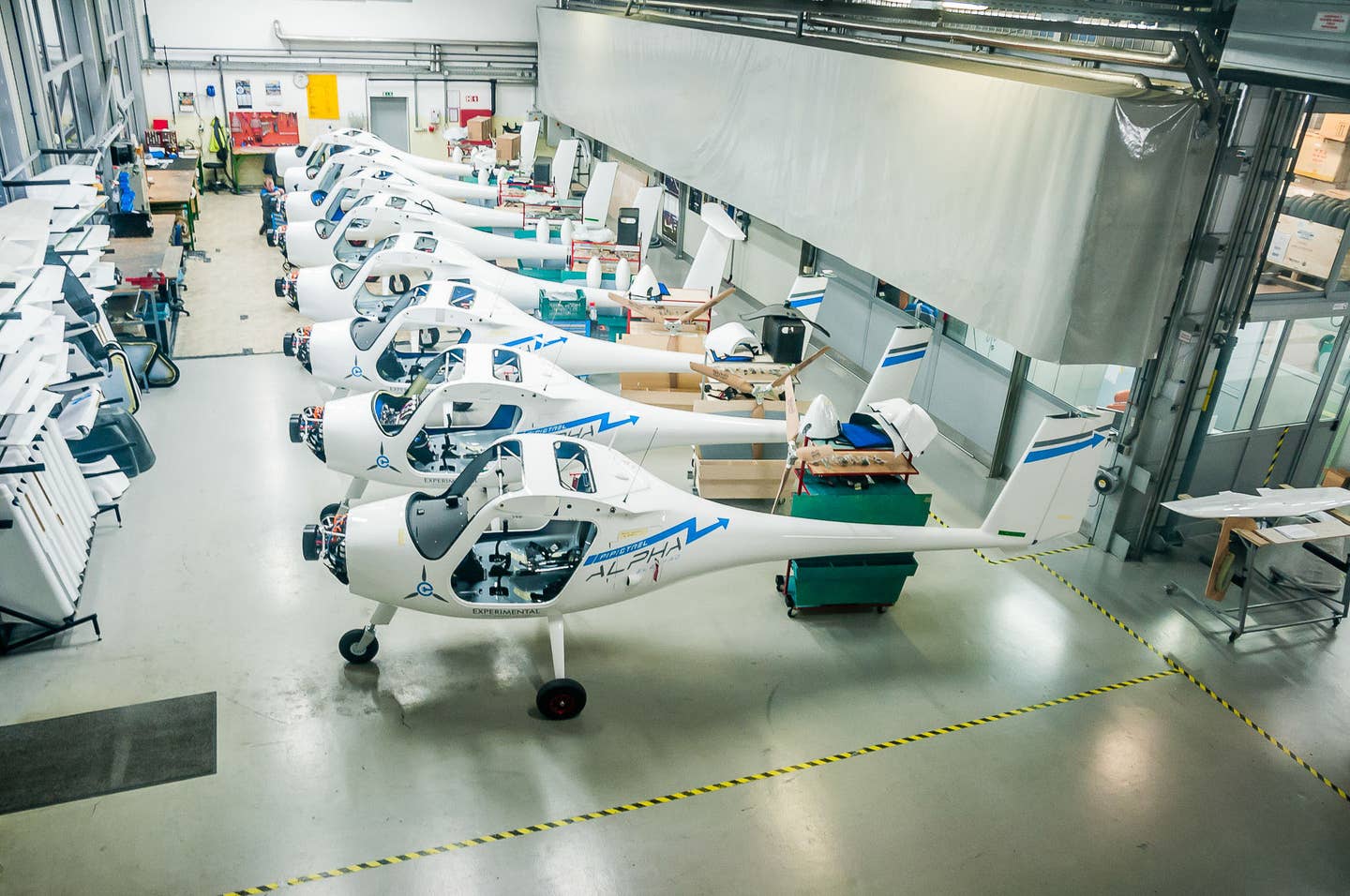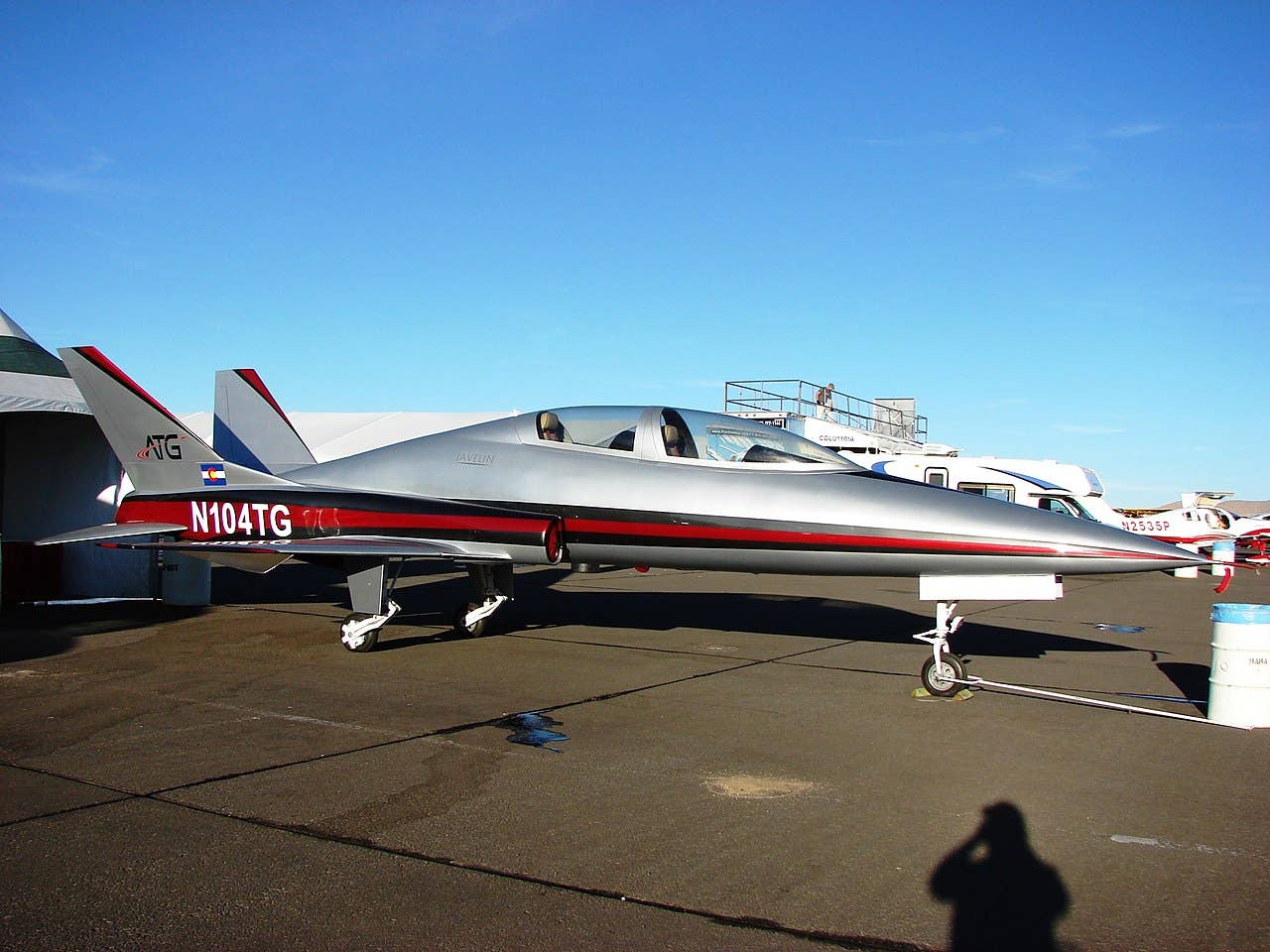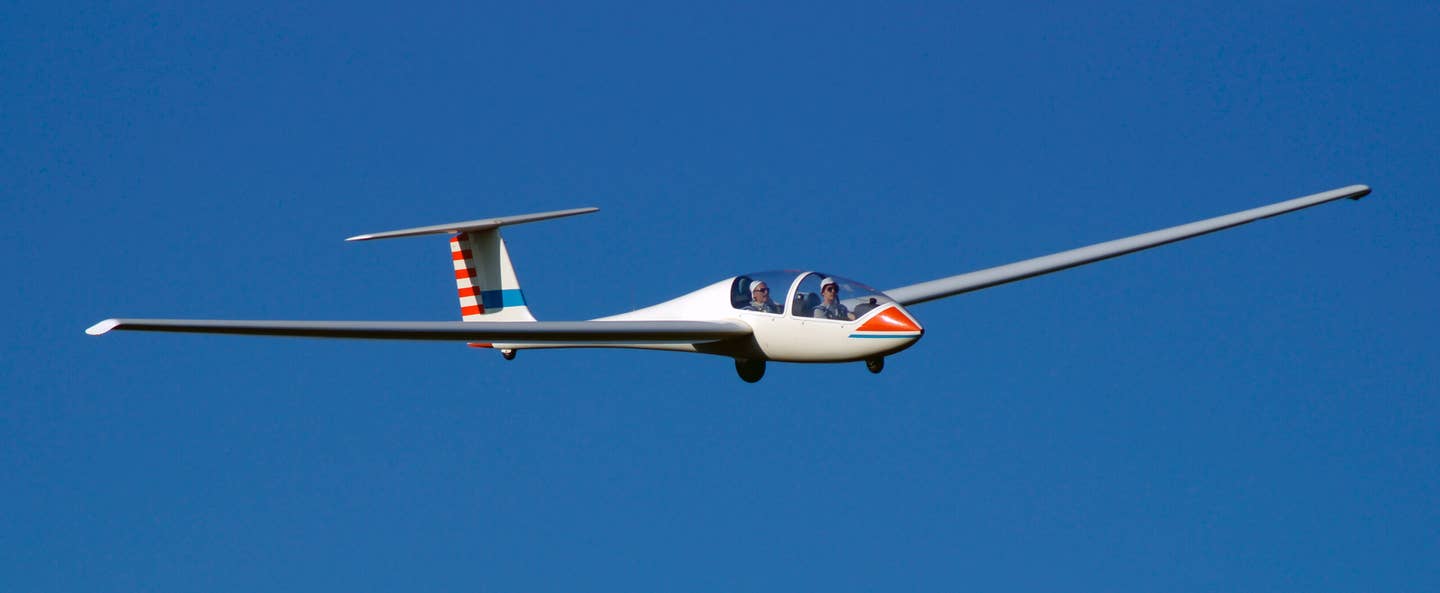A Better Way to Fund Electric Aircraft R&D
There are individuals and smaller companies making some strides that could help a company get in the game for less.

A former employee at Zero Motorcycles did some interesting tweaking to a Sonex Xenos. [Courtesy: Sonex]
Last week, we saw Textron spend $242 million to purchase Pipistrel, skipping up to 11 years of R&D, acquiring some significant engineering talent, and obtaining a marketable electric aircraft, the Velis Electro, capable of approximately 24 minutes of flight time (plus FAA-required VFR reserves), based on initial testing conducted in the U.S. at Florida Tech.
Based entirely on this news, the outlook for electric aircraft seems a little dim. It would appear to me that getting to a serious 4-place electric cross-country airplane will take hundreds of millions of dollars in further investment, and potentially decades of development. Most GA aircraft manufacturers simply cannot afford that expense.
How can we transition to electric aviation before government regulators drive the final nail in 100LL’s coffin?
I see a better way. This option only exists thanks to what may be the most important thing about aviation in America: the existence of rules allowing experimental aircraft.
We already have a shining example of a smart engineer using those rules to build and fly an electric aircraft with performance matching or exceeding the Velis Electro for far less cost and complexity. In fact, I think Textron may have missed out on a huge opportunity by not going after this other option.
Thankfully, the costs of this second option are so low that they should be attainable for even the smallest GA manufacturers.
Meet Gabe DeVault and his Electric Xenos
Gabe DeVault of northern California was employee No. 1 at Zero Motorcycles. (Sometimes called “the Tesla of bikes.”) Thanks to his in-depth understanding of their drivetrains, he was able to install one on a Thunder Gull ultralight he calls the eGull. When Zero upgraded their systems to a 45 kW (60 hp) motor, he bought a nearly complete Sonex Xenos and installed the new setup.
His eXenos has logged more than 100 hours and the performance is impressive. In fact, it meets or exceeds that of the Velis Electro. You can see many hours of this aircraft in flight on DeVault’s YouTube channel.
Not accounting for reserves, the eXenos can cruise for as long as 90 minutes at a power setting of just 10 kW (about 13 hp). Granted, this isn’t fast, but if you’re trying to build time, doing flight training, or just chasing a $100 hamburger, there’s no need to go faster.
If you want to get somewhere in a hurry, DeVault’s eXenos cruises at 98 mph on just 24 kW (about 32 hp) with a no-reserve duration of 38 minutes.
The Xenos has enough useful load available that DeVault next plans to double his battery capacity to 28.8 kWh, potentially giving his aircraft an endurance of up to 100 minutes, plus VFR reserves.
The kicker is that you can buy a Xenos quick-build kit for just under $53,000. Buying a “donor bike” to get your battery, motor, and power controller will cost anywhere from $10,000 to $22,000, depending on where you shop. You also need avionics, a re-drive from DeVault’s company Flit LLC, and your time to build it. However, you could feasibly have an electric aircraft that beats the performance of the world’s only factory option for less than $100,000—plus the considerable sunk time and opportunity cost of building it yourself.
The Bigger Picture
Building an eXenos will only appeal to a small segment of GA pilots. However, as a complete technological solution, the eXenos could be worth a lot to an aircraft manufacturer.
DeVault developed an aircraft with performance superior to Pipistrel’s, with minimal assistance and just his own personal resources. Looking at the simplicity of his installation, it would be reasonable for any LSA manufacturer to take this basic concept and implement it on their aircraft.
The latest Zero Motorcycles motor puts out 82 kW (about 110 hp). Tecnam’s P2006T is designed around the 100 hp Rotax 912. It has the performance and capacity to carry a pair of Zero’s latest motors, plus enough batteries for some serious endurance.
DeVault’s work could form the basis of an electric aircraft program for an aircraft company much smaller than Textron.
Practicalities and Missed Opportunities
Textron reportedly paid $242 million for Pipistrel. I wonder what it would have cost for them to buy, or at least partner with, Zero.
As of 2020, Zero had raised about $250 million. They’ve recently partnered with Polaris which would complicate an outright purchase, but it also tells me they could be open to branching out.
Zero has been uninterested in working with DeVault on his project, probably owing to liability concerns. However, I suspect if they were approached by a larger company they might be more interested in teaming with an aircraft manufacturer to get more of their systems in the air.
“I sincerely hope at least a few smaller aircraft companies take advantage of DeVault’s eXenos success to electrify more GA aircraft and provide that competition.”
At this point, Textron doesn’t need Zero to get a working electric power train and top-notch engineering expertise. However, I would hope that every other aircraft maker on the market will look at that possibility. I doubt any of the others have the cash to try purchasing Zero outright, but why not pursue a partnership or licensing deal? I wonder if Textron could have closed such a deal for far less than the price of their Pipistrel purchase.
Zero isn’t the only company out there with a mature and capable electric powertrain either. With a market cap just over $50 million, Volcon ePowersports (VLCN) is just one example of a company that would have been well within Textron’s reach, and could be a potential partner for a smaller aircraft maker.
Some manufacturers might balk at the idea of using a motorcycle engine to power an aircraft, but there’s actually a strong precedent for this. Bombardier’s line of Rotax motors have become extremely popular, and power the vast majority of LSA designs. Rotax motors started out as snowmobile engines, and versions are still used for that application. All you would have to say is, “This company is the Tesla of motorcycles. Now, they’re also going to become the Rotax of electric aviation,” and the entire aviation world would get it.
If I were an aircraft manufacturer, I’d definitely want to meet DeVault and take a look at what he’s accomplished. Personally, I’d try to headhunt him as a consulting engineer.
That might be tough because he now works for ZeroAvia, a company making serious progress on hydrogen fuel cell applications for electric aircraft. You may remember hearing that United Airlines, Alaska Air Group, and many others recently invested more than $115 million in ZeroAvia’s technology. Still, his enthusiasm for his eXenos is so contagious I suspect he’d be open to helping advance the technology.
(Please note that the eXenos is a personal project. It’s not associated in any way with Zero Motorcycles, ZeroAvia, or anyone else).
Experimental Aviation For The Win
It’s critical we remember that all this is possible because the United States allows individuals like you, me, and Gabe DeVault to build and fly our own experimental aircraft.
Sure, Pipistrel’s Slovenian prototypes were experimental, but those were limited to very specific testing applications. DeVault commutes to and from work in his eXenos and takes friends for rides during lunch.
For less than $100,000, experimental aviation empowered DeVault to create a functional electric aircraft seemingly more capable than what Textron got for its $242 million. Yes, he also had a career of engineering experience. Still, the point stands that you can always get far more performance for your money with experimental aircraft than you can with certified, normal category options.
While a Textron-style whole company acquisition is out of reach for most aircraft makers, Zero Motorcycles’ systems and Gabe DeVault’s engineering know-how make electric aircraft development a real possibility for the rest of GA.
I love both Textron and Pipistrel, and wish them success. However, I believe in the power of competition to spur development and increase value for customers. I sincerely hope at least a few smaller aircraft companies take advantage of DeVault’s eXenos success to electrify more GA aircraft and provide that competition.

Subscribe to Our Newsletter
Get the latest FLYING stories delivered directly to your inbox






